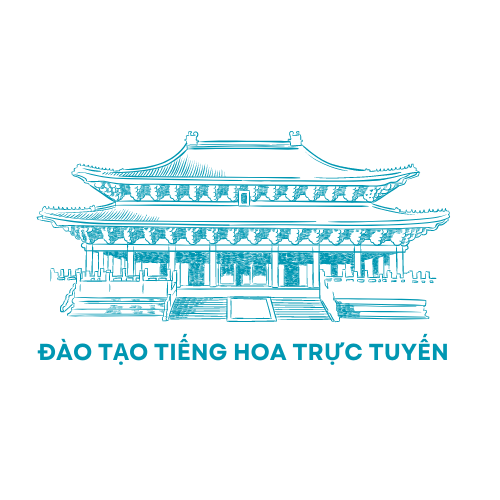Two-wheeled American identity symbolizes an intricate blend of nonconformity and brotherhood, rooted in the aftermath of global conflicts. From the battlefields of WWII to the open highways of modern America, steel horses transformed into symbols of liberation, bearing simultaneously rebellious ethos alongside corporate commodification[5][10][17].
## Roots of Rebellion https://usabikers.net/
### From Soldiers to Bikers
The modern biker identity emerged following the psychological aftermath of global warfare. Military personnel familiar with the brotherhood of combat sought alternative communities, resulting in early rider groups such as the Boozefighters and Pissed Off Bastards of Bloomington[5][13][17]. Post-war mechanical steeds, which demonstrated reliability, evolved from battlefield tools to lifestyle accessories, fostering enduring corporate allegiance[5][11].
The notorious “American Motorcycle Association riot” thrust biker gangs onto front pages, when 4,000 riders descended upon a rural municipality, resulting in what newspapers sensationalized as anarchy. This controversy cemented the rebellious rider archetype in popular imagination, despite the majority constituting organized racing enthusiasts[10][13][17].
## Influential Biker Groups
### Rebels and Regulators
Established in 1924 originally functioned as the governing body for organized motorcycle sports. However, its early exclusionary policies—prohibiting non-white participants for decades—sparked the creation of alternative groups eschewing traditional hierarchies[11][13].
Four dominant outlaw clubs evolved into key players within this alternative landscape:
1. Founded 1948 in California[2][3][10]
2. Established 1935 in Chicago[3][10][13]
3. 1959 Maryland origins[8][10]
4. 1966 Houston foundation[3][10]
These groups function via formalized leadership roles featuring presidents, sergeants-at-arms, and road captains, while clubhouses often serving as fortified community centers[10][13]. Despite their controversial reputation, numerous local groups engage in charitable initiatives such as fundraising for social causes[8][10][15].
## Cultural Impact and Evolution
### From Silver Screen to Fashion Runways
The biker archetype saturates American popular culture, ranging from Hollywood’s rebellious archetype in *The Wild One* through contemporary streaming series. Such widespread influence manifests in:
– Apparel styles: Leather jackets, bandanas, and riding boots marketed through brands like Biker Life USA and Bikers Lifestyle[4][12]
– Soundtrack associations: Cross-genre musical connections adopting motorcycle-inspired visuals
– Written narratives: Hunter S. Thompson’s *Hell’s Angels*[1][6]
Contemporary cultural studies emphasize the inherent contradiction of modern biker culture: simultaneously eschewing societal norms while being heavily commercialized through corporate sponsorships of major rallies[1][7][12].
## Contemporary Landscape and Challenges
### Current Trends and Future Directions
Annual rider gatherings remains fundamental to US motorcycling tradition, featuring 2025’s major rallies including:
– The 84th annual coastal gathering[7][15]
– Historic Black Hills convergence[7][15]
– Arizona Bike Week (Scottsdale)[7]
Emerging trends reconfigure rider demographics:
– Increasing female participation through groups like Women in the Wind
– Digital adaptation with online coordination platforms[7][15]
– Eco-friendly initiatives promoting electric motorcycle adoption[15][17]
Legal and ethical debates continue, particularly regarding:
– Outlaw club violence and law enforcement strategies[10][13][17]
– Ethical corporate partnerships despite gambling industry ties[8][17]
– Commercial exploitation issues about biker imagery in mainstream fashion[4][12]
## Synthesis and Projections
US motorcycle society stands at a historical crossroads, balancing its nonconformist roots against modern corporate influences. As contemporary riders embrace technological advancements and virtual networks, the fundamental spirit of freedom and brotherhood persists—manifesting in inclusive memberships and progressive values. Future developments may involve increased regulatory scrutiny coupled with ongoing societal impact, ensuring the perpetual role of two-wheeled culture in America’s social fabric[5][10][17].

